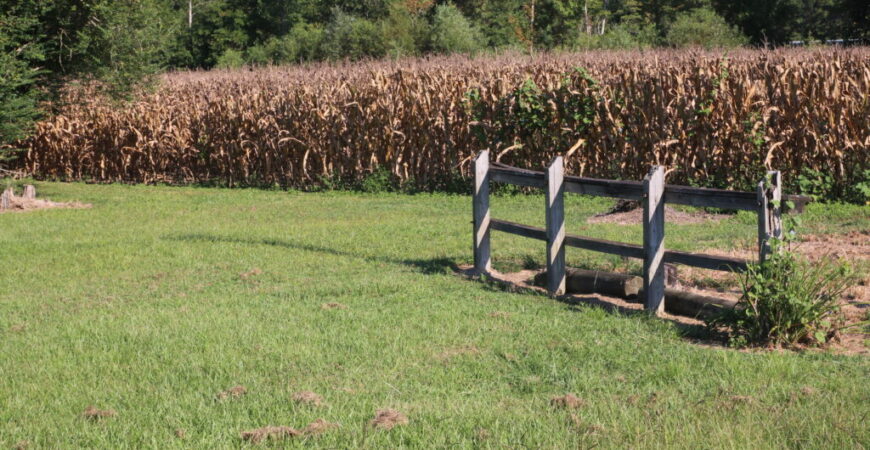KENANSVILLE — With fall knocking at the seasonal door, Duplin farmers are in the fields reaping what they have sown.According to Della King, Field Crops Agent with the North Carolina Extension Service in Kenansville, this year’s corn yield appears to be good.
“As a county, overall, we’ve got a good, decent corn crop this year, definitely compared to last year,” King said in an interview with Duplin Journal.
One of King’s duties is yield certification for growers. She said the corn yields vary some between dry land and irrigated fields.
“Dry land is averaging around 180 to 200 (bushels per acre),” King said. “We don’t have the county-wide assessments yet because growers are still picking.”
While the corn yields appear to be good this year, unfortunately, for the growers, prices are down. Based on King’s assessment, corn growers are facing their own version of the proverbial Murphy’s Law when it comes to prices.
“They’ve been pretty low compared to previous years,” she said. “Some of it’s the way the cycle goes. When you’re going to have a bumper crop, the prices go down.”
Fortunately for corn growers, the back-to-back downpours over the summer didn’t do much to hamper the growth, except in a few isolated areas. King says the same can not be said for Duplin soybean growers.
Online, corn prices were averaging $3.97 per bushel at the time of this writing.
“I know from a soybean standpoint, some folks had trouble getting beans planted, as far as double-crop beans that are planted behind wheat,” King said. “There were some that had to replant a couple of times because they got planted and got a downpour of rain and they just did not come up. They had to replant.”
Soybeans were planted around the mid-July time period when the area was experiencing some significant rainfall. King said some places got timely rain while other areas got heavy rain.
Just how much the rain affected soybeans also depends on the individual fields.
“Soil types can affect that as well, from a drainage standpoint.”
 Twitter
Twitter Facebook
Facebook Instagram
Instagram






